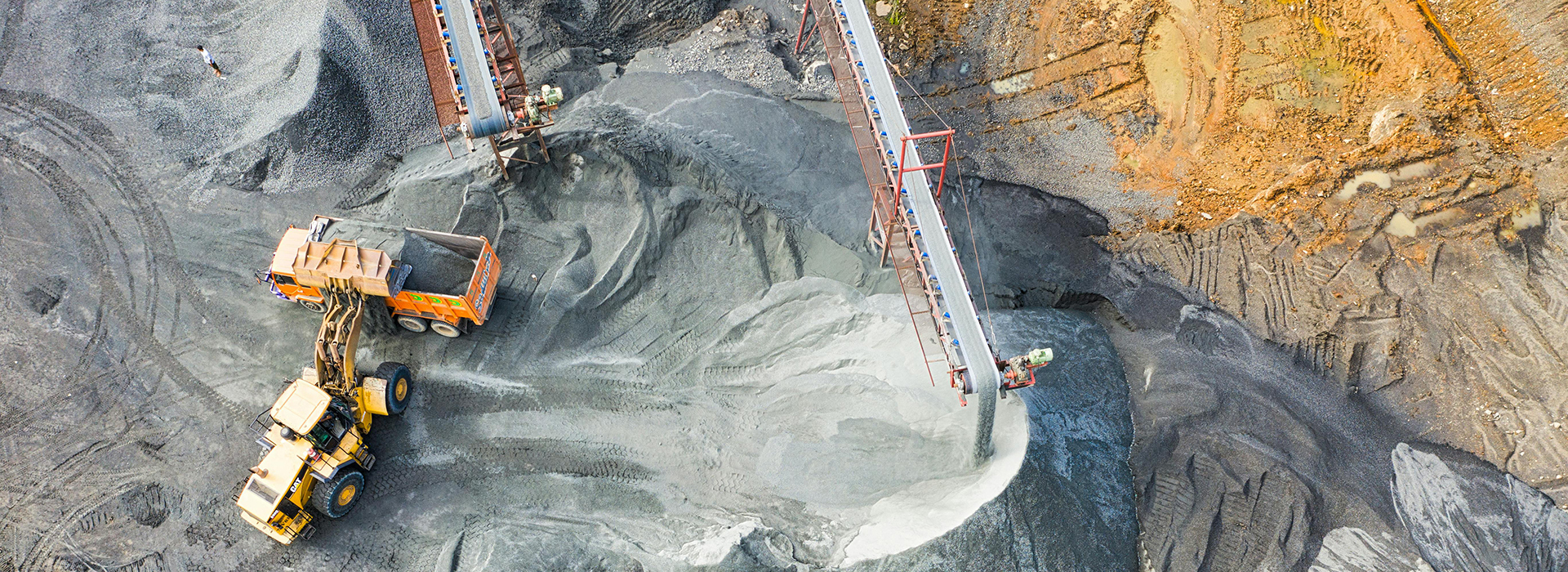
How to Buy a Conveyor Belt? (2)
2025-10-29 15:29Used vs. new
You can buy a conveyor belt that is new or used. Each choice has good and bad points.
New conveyor belts:
Last longer and come with a full warranty.
You can change them to fit your needs.
They cost more and may take longer to get, especially if you need a special size.
Used conveyor belts:
Save you money—refurbished belts can cost 30-60% less than new ones.
You get your belt faster because wait times are shorter.
If you take care of them, they work as well as new belts.
You might find problems like holes, tears, or bad splicing. These can make the belt not last as long.
If you want a used conveyor belt, check it for damage. Look for tears, weak splices, and signs of wear. Ask the seller about the belt’s past and any repairs. Make sure the used belt fits your needs and will not cause problems later.
Note: Used belts are good if you have little money and need a quick fix. New belts are better for long-term use and special needs.
If you follow these steps, it will be easier to buy a conveyor belt that fits your needs, budget, and schedule.
Order and installation

Place order
After you pick the right conveyor belt, you can order it. Check all the details with your supplier again. Make sure the belt’s type, size, and material are correct. Ask for a written order confirmation. This helps stop mistakes and delays.
Payment & shipping
Suppliers let you pay in different ways. You can use a credit card, bank transfer, or purchase order. Ask about payment rules, like if you pay a deposit or the full amount before shipping. Check how your belt will ship and when it will arrive. Some belts ship fast, but custom belts take longer. Ask for a tracking number to watch your shipment.
Tip: See if the supplier gives help with installation or a manual. This can help you set up the belt the right way.
Inspect delivery
When your conveyor belt comes, check it before you install it. Look for damage, dirt, or signs of wear. Listen for odd sounds if you test the belt. Make sure rollers move well and safety parts work. Use this checklist:
Look for damage, dirt, or if things are not lined up.
Listen for grinding or squeaking noises.
Test emergency stops and alarms.
Check rollers and pulleys for wear.
Make sure the belt is what you ordered.
If you find problems, tell your supplier right away.
Installation tips
Install your conveyor belt carefully so it lasts longer. Try these best tips:
Check the belt and frame for wear or if things are not lined up.
Set the tension right to stop slipping or extra wear.
Clean the belt and parts to stop buildup.
Load things evenly to stop uneven wear.
Pick the right belt for your job.
Keep the belt safe from too much heat or cold.
Teach workers how to use and care for the belt safely.
Use monitors to find problems early.
Store extra belts in a cool, dry place.
Learn about new conveyor technology.
Safety first! Make sure everyone wears safety gear and knows what to do in an emergency. Put up guards and barriers to keep workers safe from moving parts.
When you buy a conveyor belt, careful ordering, checking, and installing help you get the best results and keep your work running well.
When you buy a conveyor belt, take careful steps. This helps you avoid mistakes. First, think about what you need. Next, look at different suppliers. Then, check what each supplier offers. Good suppliers use strong materials. They also give helpful support.
Check every detail before you order. You can pick new or used belts. Choose what fits your budget and needs.
FAQ
What information do you need before ordering a conveyor belt?
You need the belt size, material, load capacity, and environment details. Write down your product type and how you plan to use the belt.
Tip: Share clear details with suppliers for accurate quotes.
How do you know which conveyor belt type fits your job?
Check your product size, weight, and how you move items. Flat belts work for light loads. Cleated belts help with slopes. Modular belts suit food jobs.
Ask suppliers for advice if you feel unsure.
Can you install a conveyor belt by yourself?
You can install simple belts with basic tools. For large or custom belts, ask for professional help.
Safety first! Always follow the installation guide and wear protective gear.
Is it safe to buy a used conveyor belt?
You save money with used belts. Check for damage, wear, and proper splicing.
How long does a conveyor belt last?
A new belt lasts 5 to 10 years with good care. Used belts may last less time.
🛠️ Clean and inspect your belt often to make it last longer.

